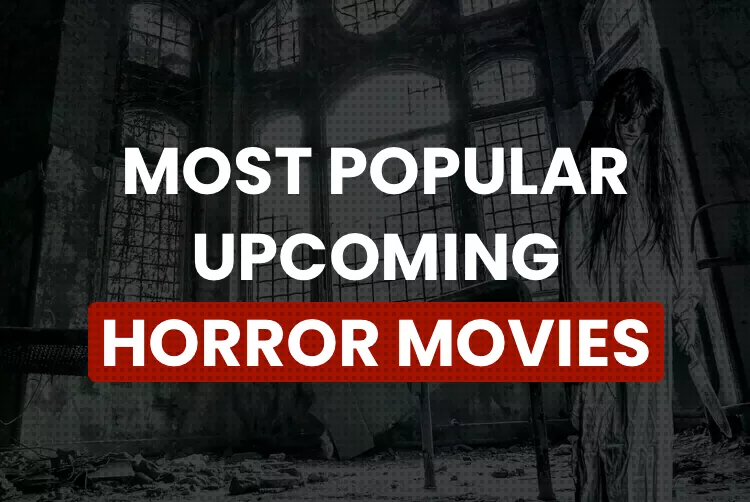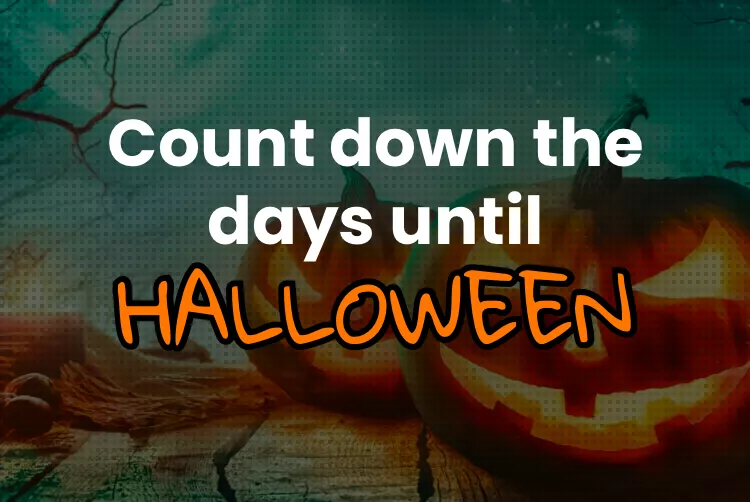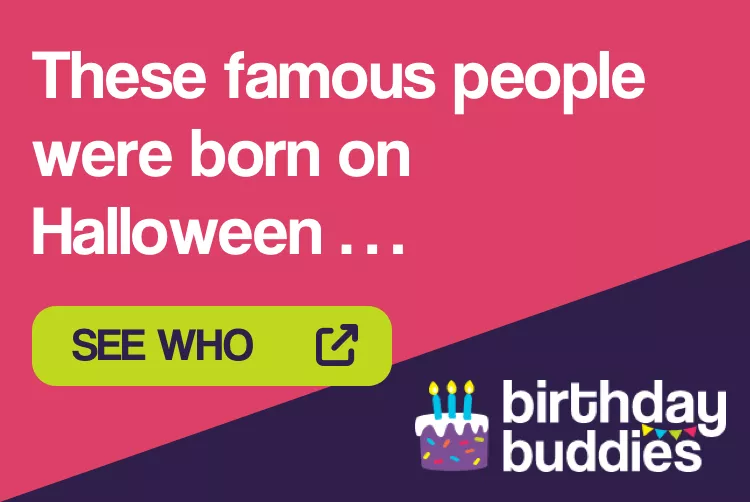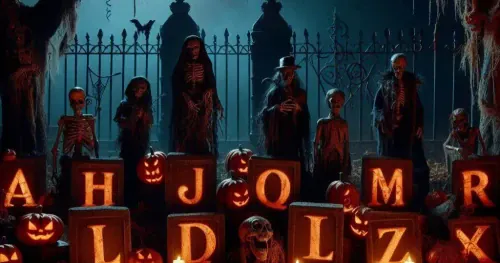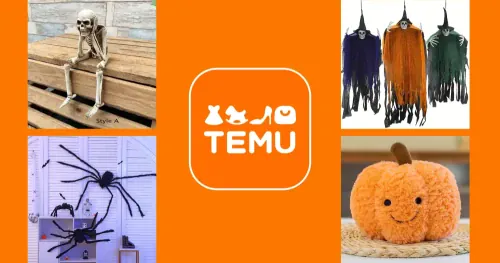Written 27th December 2023 | Subscribe to our Halloween newsletter
Halloween, celebrated annually on October 31st, is a festival known for its spooky atmosphere, creative costumes, and a plethora of sweet treats. While today's Halloween is a lively and festive occasion, its roots can be traced back to ancient Celtic traditions, evolving over centuries into the vibrant and diverse celebration we know today. In this article, we will delve into the fascinating history of Halloween, exploring its origins and the traditions that have shaped this unique holiday.
Celtic Roots:
The origins of Halloween can be linked to the ancient Celtic festival of Samhain (pronounced sow-in). Samhain marked the end of the harvest season and the beginning of winter in the Celtic calendar. It was believed that on the night of October 31st, the boundary between the world of the living and the spirit world became blurred, allowing spirits to roam freely on Earth.
To ward off these spirits, the Celts would light bonfires and wear costumes made from animal hides. Additionally, they would offer food and treats to appease the wandering spirits. These customs laid the groundwork for many of the Halloween traditions we observe today.
Christian Influence:
As Christianity spread across Europe, the church attempted to integrate existing pagan traditions into its own calendar. In the 7th century, Pope Boniface IV established All Saints' Day on November 1st to honor saints and martyrs. The night before, October 31st, became known as All Hallows' Eve, eventually evolving into the modern term "Halloween."
Over time, the fusion of Celtic and Christian traditions led to the development of new customs. For instance, the practice of "souling" emerged, where poor individuals would go door-to-door, offering prayers for the deceased in exchange for food. This tradition laid the groundwork for the modern custom of trick-or-treating.
Colonial America:
When Irish and Scottish immigrants brought their Halloween customs to North America in the 19th century, the holiday began to take on a more communal and social character. Elements of Native American and other European traditions further influenced the evolution of Halloween in the United States.
By the late 1800s, Halloween parties and events became popular, emphasizing community gatherings and creative expression. The concept of trick-or-treating gained traction during this time, with children dressing up in costumes and going door-to-door for treats.
Modern Halloween Traditions:
In the 20th century, Halloween underwent a commercial transformation, with the emergence of costumes, decorations, and the mass production of candies. The holiday became a cultural phenomenon, celebrated not only in the United States but also around the world.
Today, Halloween is a multifaceted celebration that includes a wide array of traditions. From haunted houses and spooky movie marathons to elaborate costumes and pumpkin carving, the holiday has evolved into a blend of ancient folklore, religious observances, and modern entertainment.
Conclusion:
The history of Halloween is a rich tapestry woven from ancient Celtic rituals, Christian observances, and the cultural influences of immigrants and diverse communities. What began as a festival to appease spirits has transformed into a global celebration, embracing creativity, community, and a touch of the supernatural. As we enjoy the festivities of Halloween each year, we participate in a tradition that has been shaped by centuries of history, making it a truly unique and enduring holiday.

.webp)
